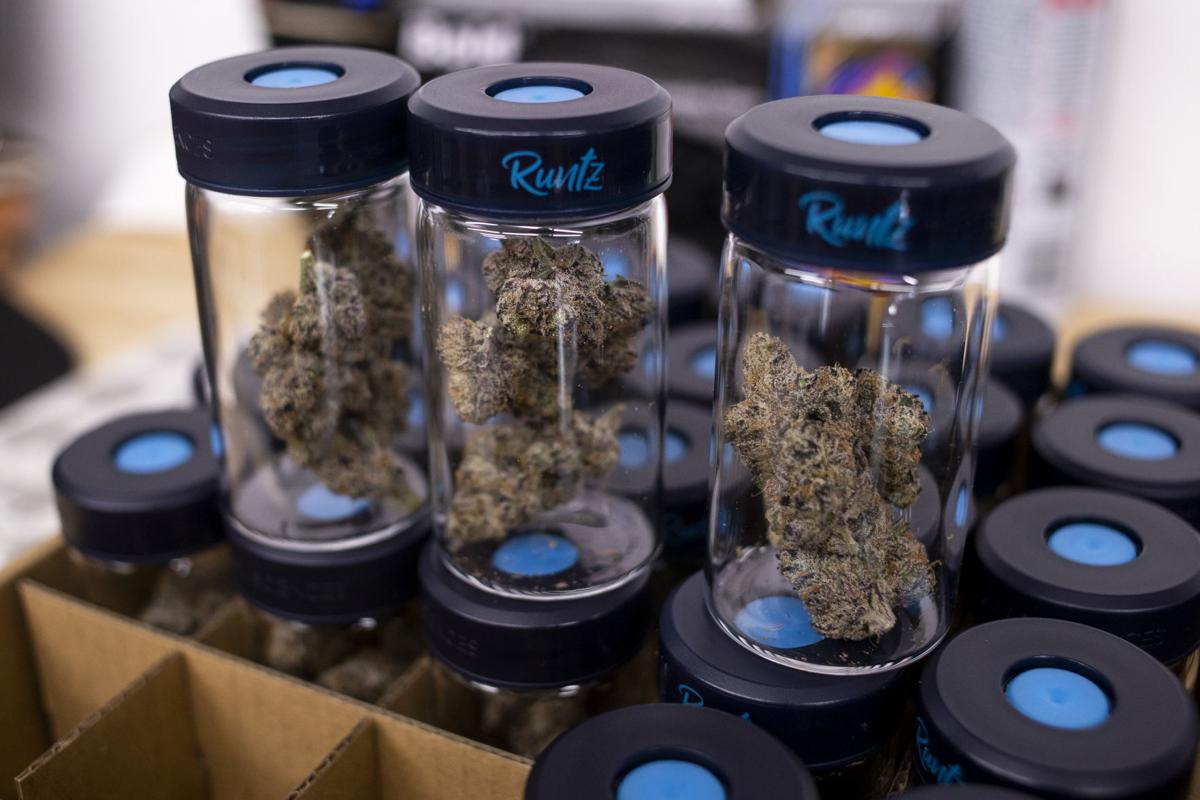When Arizona voters approved Proposition 207 last November, they did not just choose to join the more than 15 other states and the District of Columbia to legalize an adult-use marijuana program. They also choose to implement a new tax on the sales of the drug.
With the news last week that Arizona’s adult-use recreational and medical marijuana programs brought in more than $115 million in tax revenue to state coffers this year through July, and about $53 million of that attributable directly to Prop. 207, industry insiders are excited.
“The Arizona Department of Revenue’s updated figures on this year’s marijuana tax revenue to date demonstrates that the decision to legalize adult-use marijuana was the right decision ethically and fiscally,” Samuel Richard, executive director for the Arizona Dispensary Association said in a news release.
The new recreational law allows all adults in Arizona to possess up to an ounce of the drug and grow up to six marijuana plants without facing criminal charges. But where those tax dollars go and how they can be used is also tied to the language of the law.
Here’s a breakdown of where all that money is going, and in some cases, how it can be used.
What taxes are collected
First, there are two main taxes on marijuana and marijuana-related products.
The first is known as a transactional privilege tax, or TPT tax, and is similar to a sales tax.
“As the name implies, you are essentially paying a fee for the privilege to transact and conduct business,” Richard said.
The TPT tax applies to all marijuana sales, recreational or medical. It’s set by the state at 5.6%, but cities and counties can adjust it higher.
For example, Pima County adds on an additional .5%, and municipalities in the county tack on anywhere from another 2% to 4%. So, at a dispensary in Pima County, a consumer can expect to pay anywhere between 6.1% and 10.6% TPT tax on a purchase.
Between tax revenue raised by recreational ($25.5 million) and medical (nearly $37 million) sales, the state collected more than $62.3 million in TPT dollars through the end of July.
The larger and more recreationally focused tax is the excise tax, which is similar to a “sin tax.”
The excise tax is exclusively levied onto recreational purchases and not medical transactions, and it stands at 16%. From late January, when the state began to allow for recreational sales, to the end of July, about $53 million in excise tax revenue was collected.
Tax dollars raised from the excise tax, along with licensing fees paid by dispensaries, go into what’s called the Smart and Safe Arizona Fund. From there, the dollars are separated into five categories, with each category drawing a certain percentage of funds:
33% to community college districts
31.4% to police and fire
25.4% to the Highway User Revenue Fund
10% to the Justice Reinvestment Fund
0.2% to the state attorney general and local agencies to help with public health messaging
According to the law, the 33% allotted to community colleges must go toward “the purposes of investing in and providing workforce development programs, job training, career, and technical education and science, technology engineering and math programs.”
“It’s geared toward trade kind of training, education and STEM (science, technology, engineering and mathematics),” said Jon Udell, attorney with the Rose Law Group and communications director for Arizona’s branch of the National Organization for the Reform of Marijuana Laws, or NORML. “Although I guess if you take a broad reading of workforce development programs and job training, maybe it’s a little bit broader than that.”
When it comes to the 31.4% awarded to police and fire agencies throughout the state, Udell said the dollars would be apportioned based on the size of the department. He also noted there isn’t anything in the language of Prop. 207 to dictate how law enforcement could use those tax dollars.
“There’s no provision in Prop. 207 itself that restricts them,” he said about how the departments spend the money.
The 25.4% distributed into the Highway User Revenue Fund is meant to help with infrastructure repairs and maintenance costs.
The 10% going to the Justice Reinvestment Fund, which was created with the passage of Prop. 207, is again reapportioned.
35% to county health departments for grants to “justice reinvestment programs”
35% for Arizona Department of Health Services’ grants to nonprofits for “justice reinvestment programs”
30% to the state health department for public health outreach
Justice reinvestment programs are defined as programs that focus on improving public safety, reducing police interventions, incarceration and related criminal justice spending, and reinvesting in approaches that can reduce crime.
“Basically, you’ve got 70% going to justice reinvestment programs … then 30% just goes to public health, important public health issues,” Udell said.





